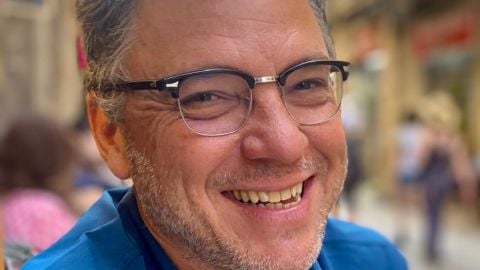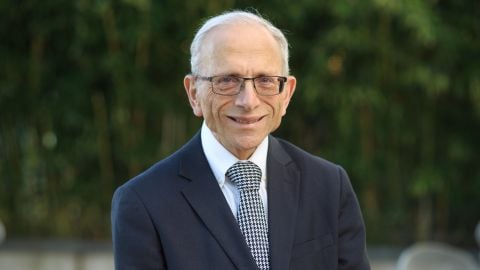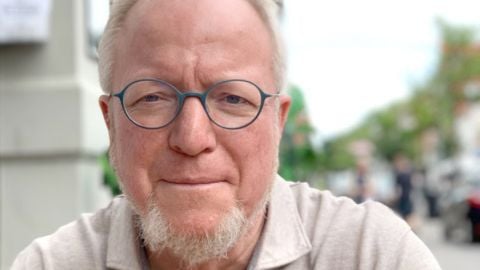Aaron Graham uses a new data-set to calculate the ‘political economy’ or nature and purpose of taxation and spending in Jamaica between 1768 and 1839. Graham argues that these levels increased considerably, both in absolute terms and relative to the size of the population and economy of the island, and that the assembly raised taxes mainly to protect the white elite and the plantation economy against slave revolts and foreign invasion.
Image courtesy of interviewee. November 21, 2018






